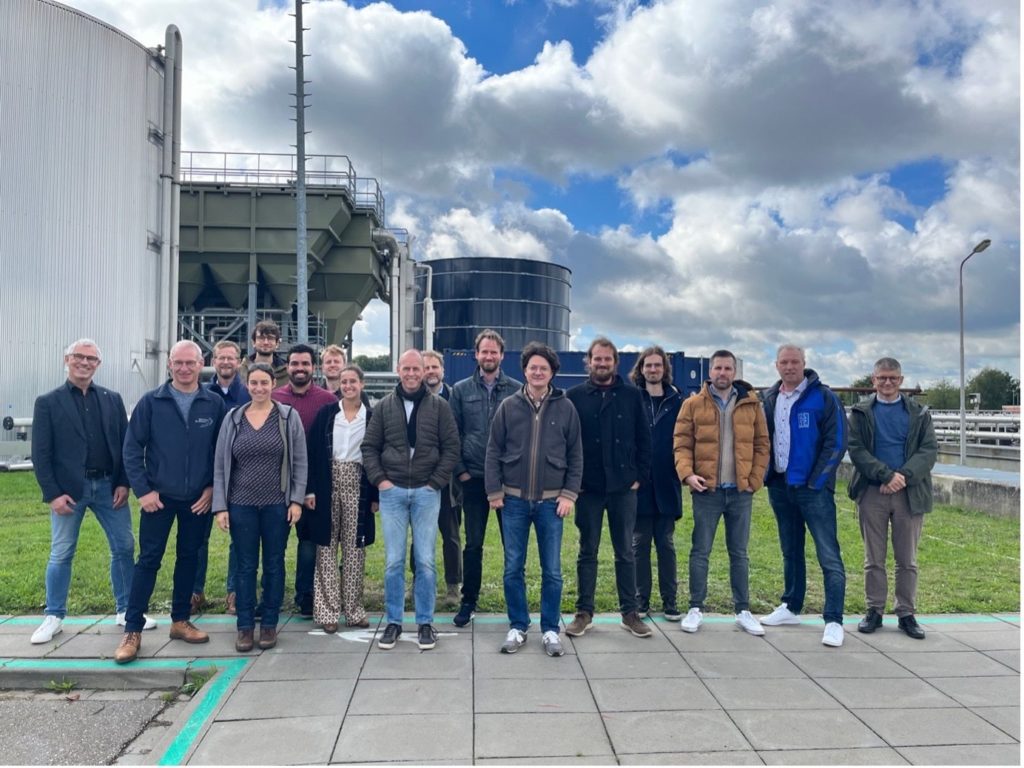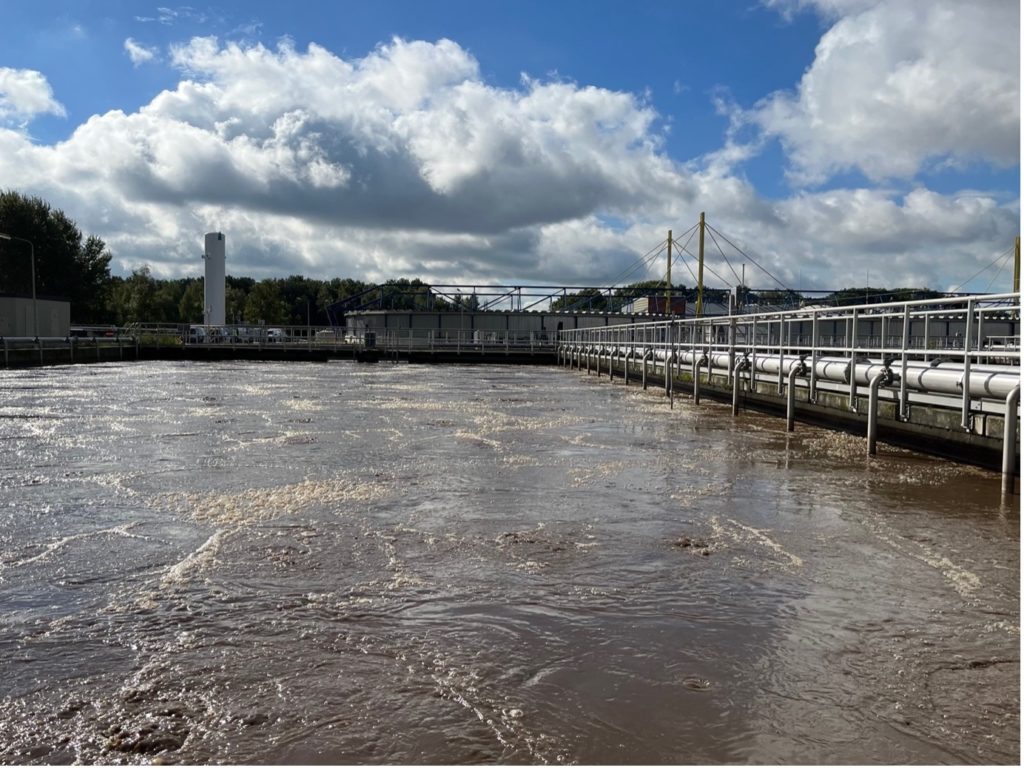How engineers plan to turn wastewater into a resource using artificial intelligence


The history of water treatment is one of transformation. With its origin in ancient Greece, where water was filtrated and exposed to sunlight to improve its aesthetic properties, water treatment standards have grown with time. A significant shift occurred throughout the 17th, 18th, and 19th centuries. The discovery of micro-organisms and arising threats such as the cholera epidemic pushed the industry to develop new water sanitation techniques. The focus was no longer on aesthetics but health. Desalination, chlorination, and even the installation of the first wastewater treatment plant were some of the advances during that time. Now, with new challenges such as water scarcity, climate change, and energy transition emerging, the sector is once again facing a profound transformation. Energy efficiency and resource recovery have become key priorities in the wastewater treatment industry. The new goal is not only to obtain clean and safe water but to use the process to generate resources. According to Eurostat, organic compounds from wastewater could supply around 13% of the fertilizer nutrient demand and generate electricity for 25 million households annually in the EU. Given this, wastewater treatment plants (WWTPs) are shifting their focus, and these installations have started to be perceived as water resource recovery facilities (WRRFs).
The EU co-funded project DARROW, which stands for driving the future of wastewater treatment through data intelligence, hopes to accelerate this transition. By using artificial intelligence (AI), the project aims to transform wastewater treatment plants into more autonomous and energy-efficient water resource recovery facilities. DARROW will analyse wastewater composition and use data generation, software sensors, and anomaly detection to develop real-time predictions. These methods will increase the level of autonomy of the facilities and provide plant operators with recommendations. The system will be installed at the wastewater treatment plant RWZI in Tilburg, one of the largest water recovery facilities in Southern Netherlands. The project aims to optimise resource recovery from specific processes, such as secondary treatment processes and anaerobic digestion, while guaranteeing overall plant efficiency. In doing so the engineers expect to use 20% less energy and greenhouse gas emissions than in traditional water treatment plants while removing 5% more nitrogen and increasing by 50% the amount of phosphorus that is biologically removed from the slug.
“However, it is important that we develop trustworthy and explainable AI. This is why our system will not only offer recommendations but also a clarification of why such a recommendation has been given,” explains project coordinator Ion Irizar. In his words, DARROW must be thought of as a user-centered solution; plant operators must actively be involved not only as system validators but also during the development process.
DARROW includes eight partners from four European countries: Spain, Belgium, the Netherlands, and Germany. In September 2022, the consortium met in Tilburg, Netherlands, to kick-start the project that will be running for 42 months. Throughout these months the partners aim to use an interdisciplinary approach to develop a flexible, adaptable, and modular data-driven technology that can be put in place internationally and transform the way we treat water.
Participating companies and universities
- Associación Centro Tecnológico Ceit (CEIT)
- Universiteit Gent (UGENT)
- Cobalt Water EU BV (CWEU)
- Interuniversitair Micro-electronica Centrum (IMEC)
- Waterschap de Dommel (DOMMEL)
- Royal HaskoningDHV
- Vlaamse Instelling Voor Technologisch Onderzoek N.V. (VITO)
- European Science Communication Institute (ESCI)
This press release was also published on AlphaGalileo and the AI-on-demand platform.